Polyantha roses, with their lush clusters of blooms and compact growth habit, offer a delightful option for gardeners looking for vibrant, low-maintenance flowers.
This guide is geared toward beginners who want to learn the fundamental techniques for growing these charming roses successfully.
Growing Polyantha roses can be both a peaceful and rewarding experience when you have the right knowledge and approach.
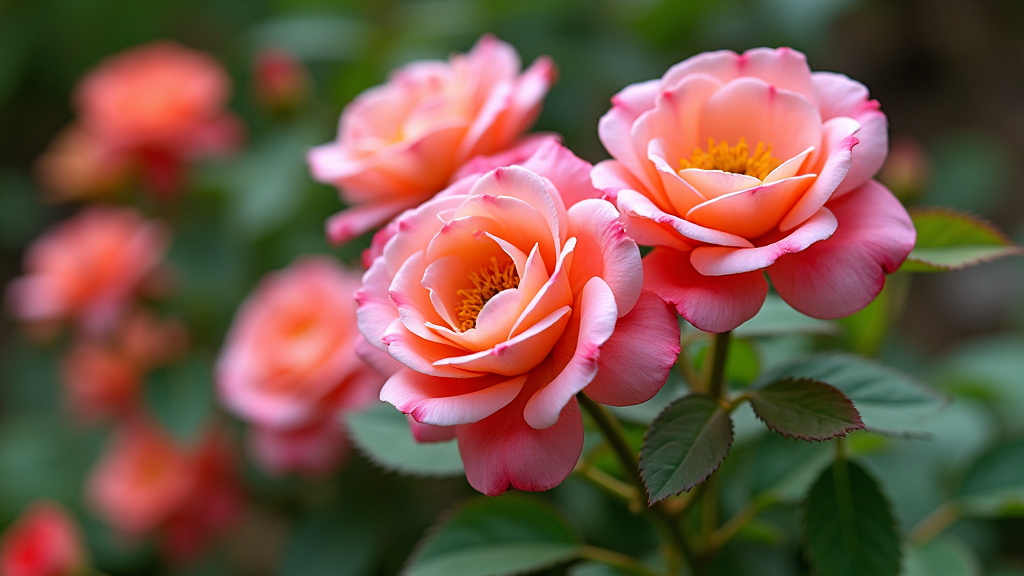
Essential Tools and Conditions for Polyantha Rose Gardening
Cultivating Polyantha roses begins with setting up the right garden environment and having essential tools on hand. Just as having a good camera matters in photography, knowing your soil and the best garden practices is really important for roses.
The basics start with ensuring that your garden site has adequate sunlight, proper soil conditions, and accessible water resources.
These roses thrive in locations with a minimum of six hours of sunlight each day.
Good drainage is also important as Polyantha roses do not like soggy roots.
It is advisable to have organic matter or compost added to garden beds to provide the nutrients roses need to produce dense, healthy blooms.
Having the right tools like a spade, pruners, and a gentle garden rake will make planting and maintaining your rose beds much easier.
Getting Started with Polyantha Roses
Before planting your Polyantha roses, it is important to assess your garden area. Identify spots with ample sunlight and well-drained soil.
Beginners should consider sweet-scented varieties that have a reputation for their hardiness and simplicity.
Understanding what the plant needs is a wise first step in ensuring a rewarding gardening adventure.
Several factors contribute to early success with Polyantha roses:
- Sunlight: Aim for at least six hours of direct sunlight. This will encourage robust growth and blooming.
- Soil Quality: A mix of loamy soil with added compost creates an ideal growing environment. The nutrients in enriched soil support the plant’s flowering cycle.
- Watering Needs: Consistent watering is important, especially as rose shrubs establish their roots. Be careful not to overwater, which can lead to root rot.
- Space and Air Flow: Polyantha roses do best when spaced out to allow air circulation, reducing the risk of fungal diseases.
Taking a little extra time upfront to prepare your garden bed can make all the difference.
This preparation sets a solid foundation for your blooming success and helps you plan out a garden that will thrive over time.
Quick Guide to Growing Healthy Polyantha Roses
Getting started with Polyantha roses can be broken down into a few simple steps. The following list outlines a basic guide that can help beginners create a thriving rose garden:
- Select the Right Variety: Choose a Polyantha rose variety known for robust growth and an abundance of blooms. Some varieties are more tolerant of various climates while others offer specific color ranges.
- Prepare Your Soil: Test soil pH and amend with compost or organic matter as needed. A well-prepared soil mix creates an excellent environment for root development.
- Planting: Dig holes that are slightly larger than the root ball of your rose bush. Ensure the graft union is a couple of inches above the soil. Place the plant gently into the hole and fill in with soil, firming it around the roots.
- Water Consistently: After planting, water deeply to help the roots settle. Maintain a regular watering schedule, particularly during dry spells.
- Mulching: Apply a layer of organic mulch around the plant base to retain moisture and regulate soil temperature. This also helps reduce weed competition.
- Fertilize: Use a balanced fertilizer designed for roses. Follow recommended guidelines to avoid over-fertilizing, which could stress the plant.
Following these steps can jumpstart the healthy growth of your Polyantha roses, setting you up with a garden that produces a consistent cascade of small, beautiful blooms.
Common Challenges in Polyantha Rose Cultivation
Growing any type of rose includes overcoming a few common challenges. With Polyantha roses, gardeners usually face issues like pest infestations, disease management, and environmental factors that can hinder growth.
Recognizing these challenges ahead of time can help you take preventive measures and keep your garden healthy.
- Pests: Insects such as aphids, spider mites, and thrips may attack your roses. Regularly inspect your plants for signs of infestation and use gentle, organic insecticidal soap when necessary.
- Diseases: Black spot, downy and powdery mildew are common fungal diseases affecting roses. Maintain proper spacing and allow for good air circulation to reduce the risk of disease. Removing infected foliage promptly is very important in managing spread.
- Watering Issues: Both overwatering and underwatering can stress your roses. Stick to a consistent watering schedule and adjust based on weather conditions. Drip irrigation systems help provide a stable water supply without excess water pooling around the roots.
- Extreme Weather: Temperature fluctuations, especially during early spring or late fall, can shock your plants. Watch local weather forecasts and use protective measures such as frost cloths when needed.
Dealing with these issues early on can help minimize their impact. By monitoring your garden regularly, you’ll quickly identify problems and address them before they escalate.
Pest Management
A common challenge in rose gardening is managing pests. Start with organic options like neem oil or insecticidal soap to control small infestations. Regularly cleaning up fallen leaves and debris is a proactive way to prevent pests from becoming a larger issue.
Disease Control
Fungal diseases require staying sharp. Make sure to avoid overhead watering, as wet leaves can become a breeding ground for fungus.
Pruning to improve air circulation is also an effective strategy for keeping diseases at bay.
Watering Techniques
Water management is vital. Use a soaker hose or drip system to deliver water directly to the roots.
This method conserves moisture and prevents the leaves from getting too wet, minimizing the chances for disease.
Weather Considerations
Extreme weather conditions can be managed by using garden fabric or frost covers during cooler periods. Consistent maintenance and timely interventions help your roses remain sturdy even when conditions are less than ideal.
Advanced Tips and Tricks
Once the basics are in place, a few advanced techniques can help you take your Polyantha rose garden to the next level.
These strategies involve refining your gardening practices and trying out new approaches that give a boost to blooming and plant health.
Pruning Techniques: Pruning is not only important for maintaining shape but also for encouraging new growth.
It’s best to prune in early spring before the buds open. Remove dead wood and thin out branches that cross.
This allows more light and air to reach the inner parts of the bush, setting up your plant for a vigorous growth season.
Fertilization Strategies: While basic fertilization helps get roses established, advanced gardeners often experiment with different fertilizer formulas.
A balanced feeding schedule throughout the growing season can boost bloom production and overall vitality.
Consider alternating between organic compost and a low-nitrogen formula as the season progresses to keep your plants nourished without overloading them with chemicals.
Spacing and Companion Planting: Give your roses plenty of room to grow by ensuring adequate spacing between plants. This practice reduces the chance of disease and facilitates maintenance.
Additionally, consider companion planting with marigolds or lavender. These plants can naturally deter pests and add an extra layer of visual interest to your garden. The extra colors and textures complement the dense clusters of rose blooms beautifully.
Irrigation Upgrades: For those looking to streamline garden care, advanced gardeners sometimes install sophisticated drip irrigation setups that allow precisely controlled watering.
This not only conserves water but also ensures that each plant gets exactly the amount it needs. Fine-tuning your watering system can result in healthier plants and more consistent blooming.
These upgrades help you maximize both the beauty and health of your garden. They provide you with tools and techniques that, when used over time, result in a steady supply of vibrant blooms even when unforeseen challenges arise.
Extra Care and Seasonal Adjustments
To truly step up your rose gardening game, it is important to pay attention to seasonal changes and make adjustments accordingly.
Every season presents a new set of challenges and opportunities. In the spring, focus on preparing your soil and fine-tuning your watering routines.
This is the time when your rose bushes are getting ready to burst into bloom, so ensuring that they have the right nutrients and space is very important.
During the summer, temperatures can soar, and the need for consistent deep watering increases.
It is wise to check your drip irrigation system regularly and adjust watering times to avoid the hottest parts of the day.
Adding a thicker layer of mulch not only helps in retaining moisture but also protects the roots from extreme heat. At this stage, keeping an eye on pests becomes even more essential, so make it a habit to inspect your plants often.
As autumn approaches, your focus should shift towards preparing your roses for cooler weather.
Pruning back dead or weak branches and adding a slow-release fertilizer can help preparing your plants for the dormant winter period.
Protect your garden beds with frost covers when necessary, and consider using organic treatments to ward off any late-season fungal issues. In this transitional period, every small care step can have a big impact on the health of your roses in the coming year.
Winter care is about conserving energy within your rose bushes. Limit watering during the cold months and clear away any fallen debris that might harbor disease.
By making seasonal adjustments and remaining consistent with your garden management practices, you will see a remarkable improvement in plant vigor. These extra layers of care create a resilient garden that truly stands out through every season.
The Basics: What Supplies Should Beginners Focus on?
For those just starting out, it’s important to invest in a few key supplies that set you up for success rather than overwhelm you with too much equipment.
The basics include quality soil amendments, reliable watering tools, and a good set of garden pruners.
Everyday gardening supplies serve as the backbone of a flourishing rose bed. Quality compost or organic matter not only improves soil texture but also promotes long-term fertility.
A sturdy pair of pruners makes it easier to manage and shape your plants, which is important for flower health and overall aesthetics.
- Organic Compost: Replenishes soil nutrients and promotes healthy root development.
- Pruning Shears: Essential for trimming and removing dead or crowded branches.
- Watering Tools: A drip irrigation system or soaker hose can provide even watering without soaking the leaves.
- Mulch: Keeps moisture in the soil and minimizes weed growth around your rose beds.
These basic supplies are a great starting point for any beginner. They not only make maintenance manageable but also help build a strong foundation for further garden expansion as your confidence and skills grow.
Frequently Asked Questions
Here are some common questions that many new gardeners have about growing Polyantha roses:
Question: How do I choose the right Polyantha rose for my garden?
Answer: Many varieties are available. Look for ones that are well-suited to your climate and require minimal maintenance. Reading reviews and visiting local nurseries can give you a good sense of which varieties perform best in your area.
Question: What is the best time to plant Polyantha roses?
Answer: Early spring is generally the best time. Planting when temperatures are moderate allows the roots to establish before the heat of summer or the chill of winter sets in.
Question: How often should I water my Polyantha roses?
Answer: Consistent watering is key during the establishment phase. Once established, most roses benefit from deep watering once or twice a week, depending on your local weather conditions. It’s important to check that the soil isn’t too dry or waterlogged.
Question: How do I manage pests without harming the roses?
Answer: Use gentle, organic insecticidal soaps or neem oil to address infestations. Early detection and regular inspections help manage pest populations before they cause serious damage.
Bottom Line
Growing Polyantha roses can be a truly satisfying hobby even if you’re just starting out.
This guide highlights key steps—from setting up the right garden conditions and acquiring essential supplies to addressing common challenges and exploring advanced techniques.
Every step you take helps build your confidence and paves the way for a garden full of charming, compact rose clusters.
By putting in a little extra care in preparing your soil, selecting the proper variety, and consistently maintaining your garden, you can enjoy a burst of blooms throughout the growing season.
Remember that a thriving garden requires attention through every season. Taking the time to adjust your methods with the changing weather and periodically revisiting your care routine will result in a robust, eye-catching outdoor space.
Happy gardening. Enjoy the adventure of nurturing these beautiful, low-maintenance blooms.
Each bloom brings natural beauty to your space and contributes to the rewarding feeling of watching something you’ve carefully tended transform into a vibrant haven over time.
Here’s a little transparency: Our website contains Amazon affiliate links. This means if you click and make a purchase, we may receive a small commission. Don’t worry, there’s no extra cost to you. It’s a simple way you can support our mission to bring you quality content.”

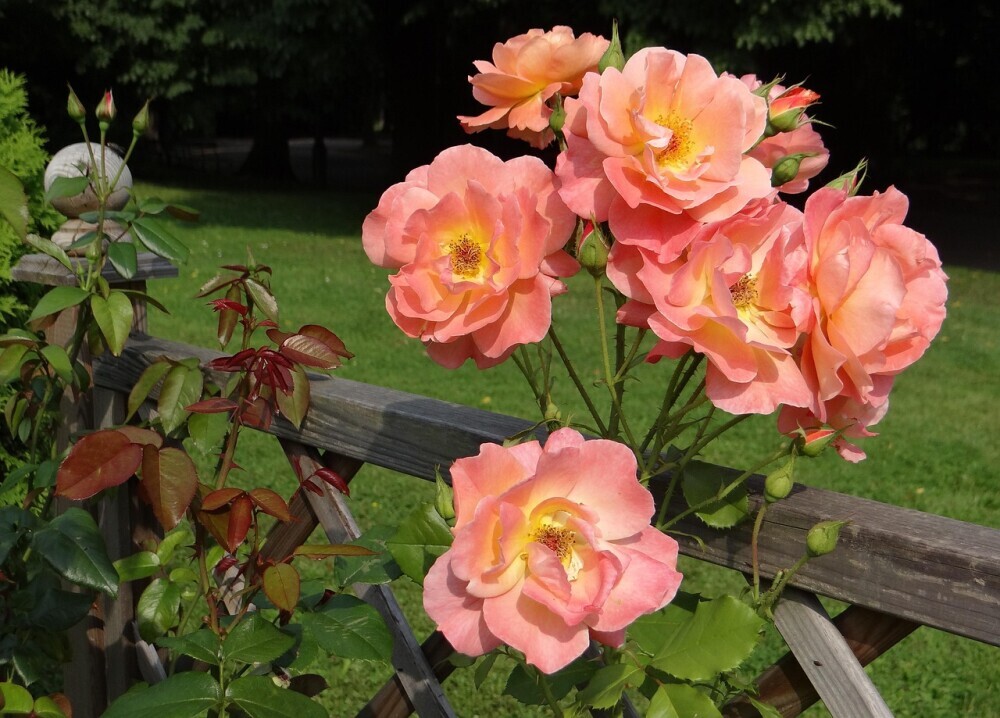
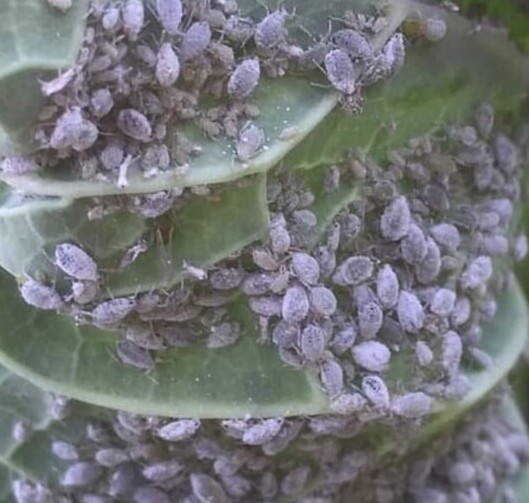
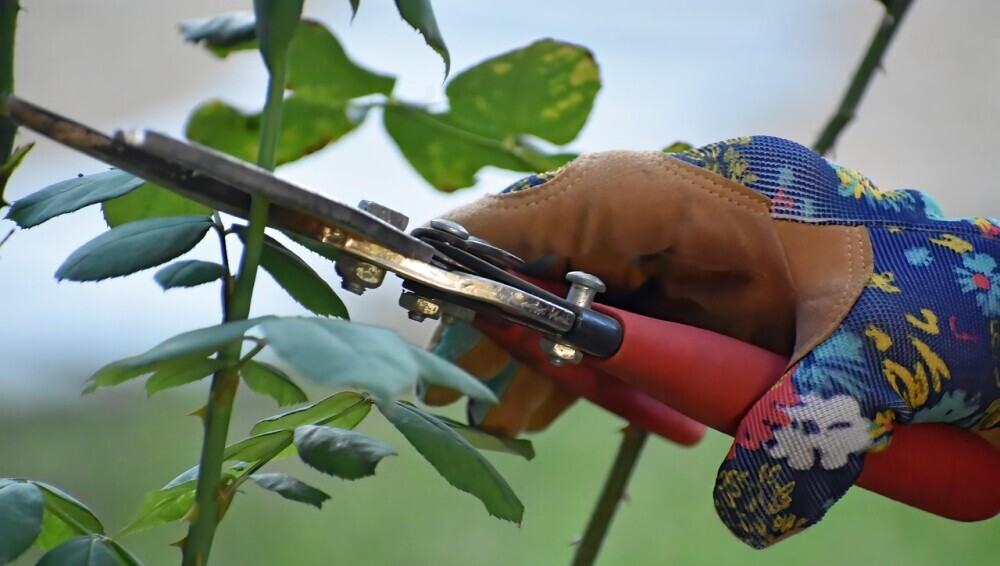
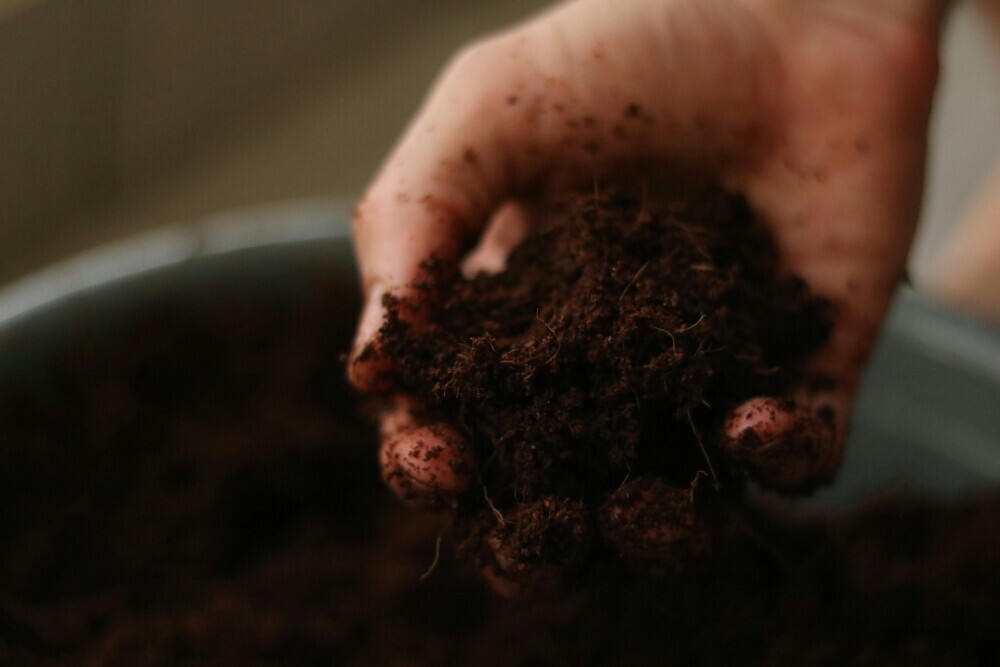
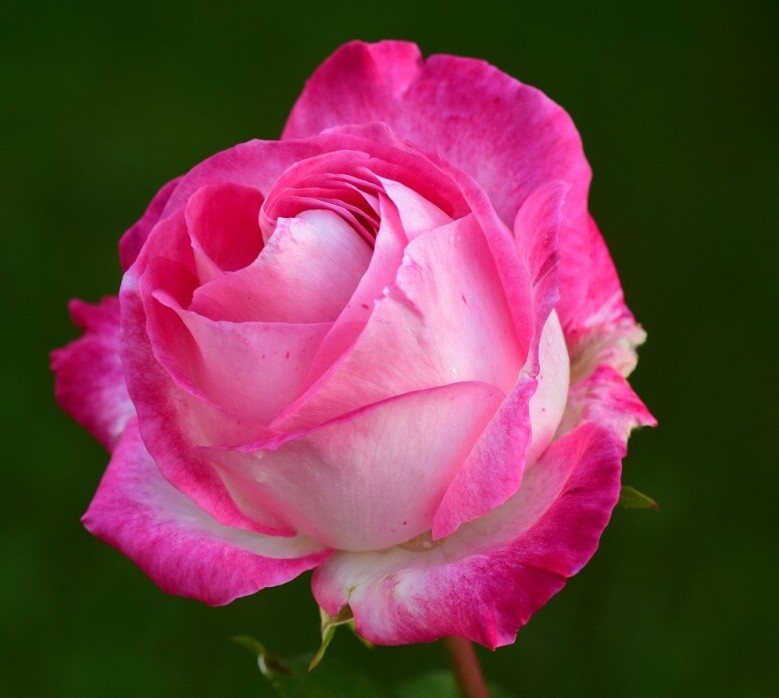
As someone who’s just getting started with rose gardening, I truly appreciated this beginner-friendly guide to Polyantha roses! The way you broke down the process—from soil prep to pruning—was so helpful and easy to follow.
One challenge I’ve been facing is figuring out the right watering routine. I worry about overwatering, especially since my area gets unexpected rain at times. Your reminder about well-draining soil and not letting the roots sit in water stood out to me—I think that’s something I need to work on in my garden setup.
Thanks again for sharing such practical advice! You’ve given me hope that I can make these charming blooms thrive.
Hi Alyssa,
Thank you so much for your kind words—I’m really glad the guide helped you feel more confident about growing Polyantha roses!
They truly are charming little bloomers, and with a bit of care, they reward you beautifully.
You’re absolutely not alone when it comes to the watering challenge—it’s something even experienced gardeners still have to watch closely, especially with unpredictable weather.
Your instinct to focus on improving drainage is spot on. A slightly raised bed or adding compost and coarse sand to your soil can really help with runoff and prevent soggy roots.
Also, if you’re ever unsure after a rainy spell, a simple moisture check with your finger (or a moisture meter) can be a great guide—roses like consistency, but not constant wetness.
You’re clearly attentive to your garden’s needs, and that’s already a huge step in the right direction.
Keep going—you’ve got this!
Happy gardening,
Raymond